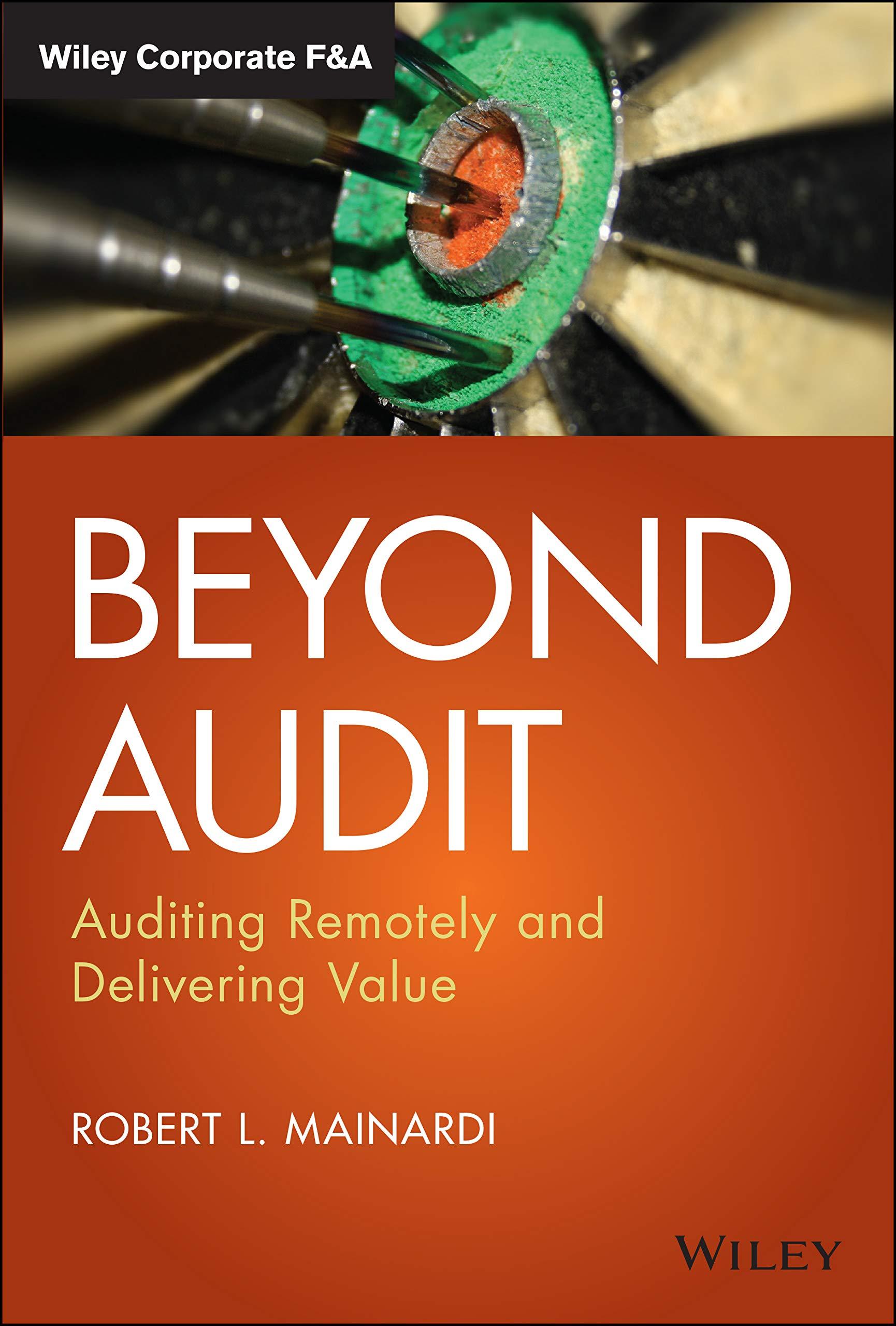Question
1. Deferred taxes may be classified as either current or non-current under IFRS. True or false 2 Under the liability approach, deferred taxes on the
1. Deferred taxes may be classified as either current or non-current under IFRS. True or false
2 Under the liability approach, deferred taxes on the balance sheet are valued at the tax rate in that will be in effect when the temporary differences reverse. True or false
3. During the originating period of a temporary difference, pretax accounting income is defined as taxable income plus taxable amounts minus deductible amounts. true or false
4. Amanda Company sold an asset and as a result had a capital gain of $15,000. This amount represents a permanent difference. True or false
5. Comprehensive allocation recognizes the amount of taxes assessed in each year as the income tax expense for that year. True or false
6. A tax benefit represents the present and deferred benefit that the company will be able to realize from the tax loss through a reduction of income taxes paid to governments. True or false
7. Taxes are recovered at the tax rate in effect during the year of the loss. True or false
8. IFRS requires that deferred income taxes due to carry-forwards be recognized at the tax rate enacted for the current year. True or false
Step by Step Solution
There are 3 Steps involved in it
Step: 1

Get Instant Access to Expert-Tailored Solutions
See step-by-step solutions with expert insights and AI powered tools for academic success
Step: 2

Step: 3

Ace Your Homework with AI
Get the answers you need in no time with our AI-driven, step-by-step assistance
Get Started


